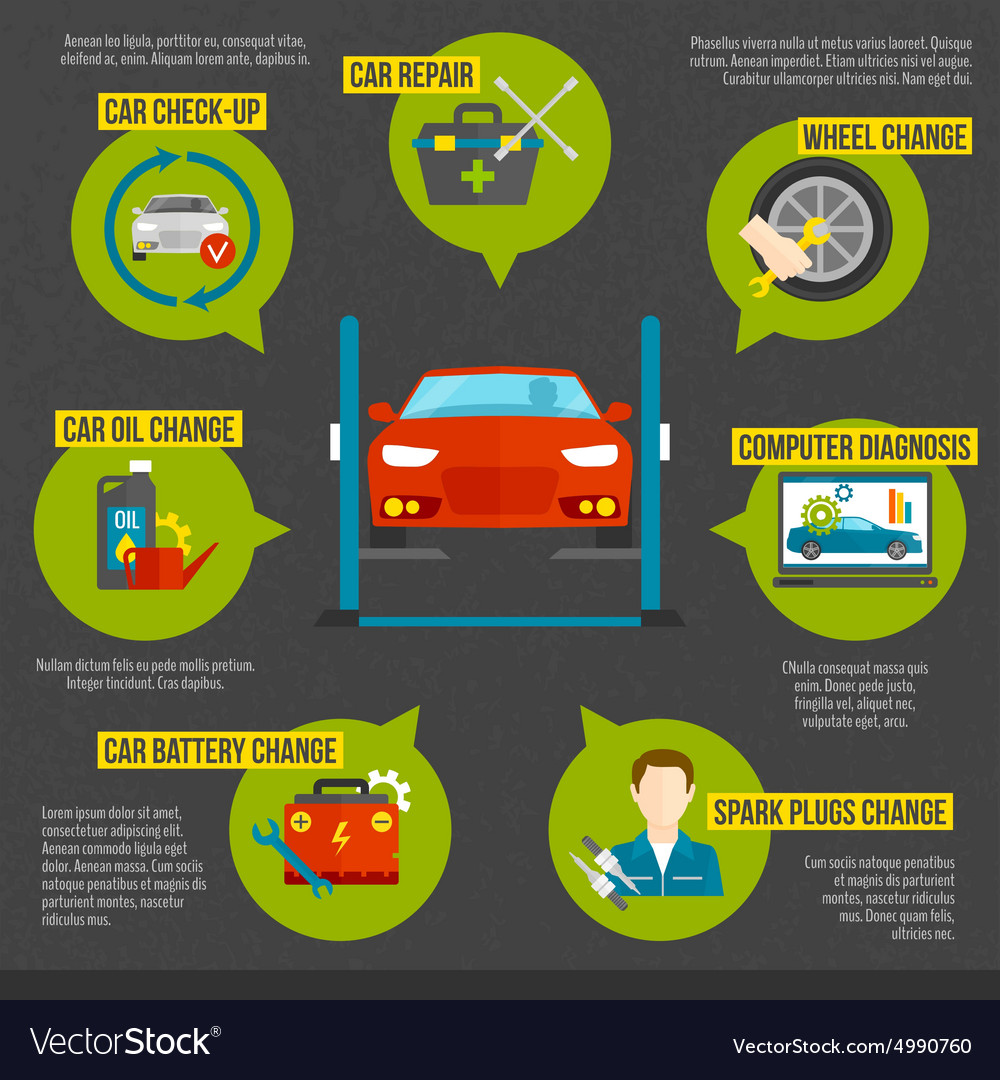Decoding Your Vehicle'S Warning Indicators: What They Truly Signify
Decoding Your Vehicle'S Warning Indicators: What They Truly Signify
Blog Article
Article Author-Faulkner Winters
When you lag the wheel, those glowing caution lights on your control panel can be a bit puzzling. Do you understand what they're attempting to inform you about your cars and truck's wellness? Comprehending the value of these lights is important for your safety and the long life of your vehicle. So, the following time one of those lights turns up, wouldn't you wish to decipher its message precisely and take the essential actions to address it?
Common Warning Lights and Interpretations
Identify common warning lights in your auto and comprehend their meanings to make certain secure driving.
The most common warning lights include the check engine light, which signifies concerns with the engine or discharges system. If this light begins, it's vital to have your vehicle inspected promptly.
The oil stress warning light suggests low oil pressure, needing instant attention to stop engine damage.
A blinking battery light could suggest a malfunctioning charging system, potentially leaving you stranded if not attended to.
The tire stress tracking system (TPMS) light signals you to low tire pressure, affecting automobile security and gas efficiency. Ignoring this can result in dangerous driving problems.
car detailing botany shows an issue with the anti-lock braking system, endangering your capability to quit promptly in emergency situations.
Finally, the coolant temperature level alerting light warns of engine overheating, which can lead to extreme damage if not resolved promptly.
Comprehending these typical caution lights will assist you attend to problems promptly and maintain risk-free driving problems.
Significance of Prompt Attention
Understanding the usual warning lights in your vehicle is only the initial step; the value of promptly dealing with these warnings can not be highlighted enough to guarantee your safety when traveling.
When a caution light brightens on your dashboard, it's your vehicle's way of communicating a prospective issue that requires attention. Ignoring these cautions can result in extra severe issues down the road, endangering your safety and potentially costing you more out of commission.
Trigger attention to advising lights can stop breakdowns and accidents. As an example, a blinking check engine light could indicate a misfire that, if left ignored, might trigger damages to the catalytic converter. Addressing this without delay can save you from a pricey repair.
In a similar way, a brake system alerting light might signal low brake liquid or worn brake pads, crucial elements for your security when driving.
Do It Yourself Troubleshooting Tips
If you notice a caution light on your control panel, there are a few DIY fixing ideas you can try prior to looking for expert aid.
The initial step is to consult your vehicle's handbook to comprehend what the particular warning light indicates. Sometimes the concern can be as easy as a loosened gas cap setting off the check engine light. Tightening the gas cap may deal with the problem.
An additional typical issue is a low battery, which can cause numerous warning lights. Inspecting the battery links for rust and ensuring they're safe might deal with the trouble.
If a caution light continues, you can try resetting it by detaching the cars and truck's battery for a couple of mins and afterwards reconnecting it. Additionally, examining your lorry's fluid levels, such as oil, coolant, and brake fluid, can assist repair advising lights connected to these systems.
https://www.aarp.org/auto/car-maintenance-safety/info-2020/repair-shop-assessment.html , understanding your automobile's warning lights is essential for keeping your automobile running efficiently and safely. By immediately dealing with these notifies and understanding what they suggest, you can prevent expensive repair services and possible breakdowns.
Keep in mind to consult your automobile's guidebook for certain details on each cautioning light and take action accordingly to make sure a trouble-free driving experience.
Keep notified, stay risk-free on the road!
